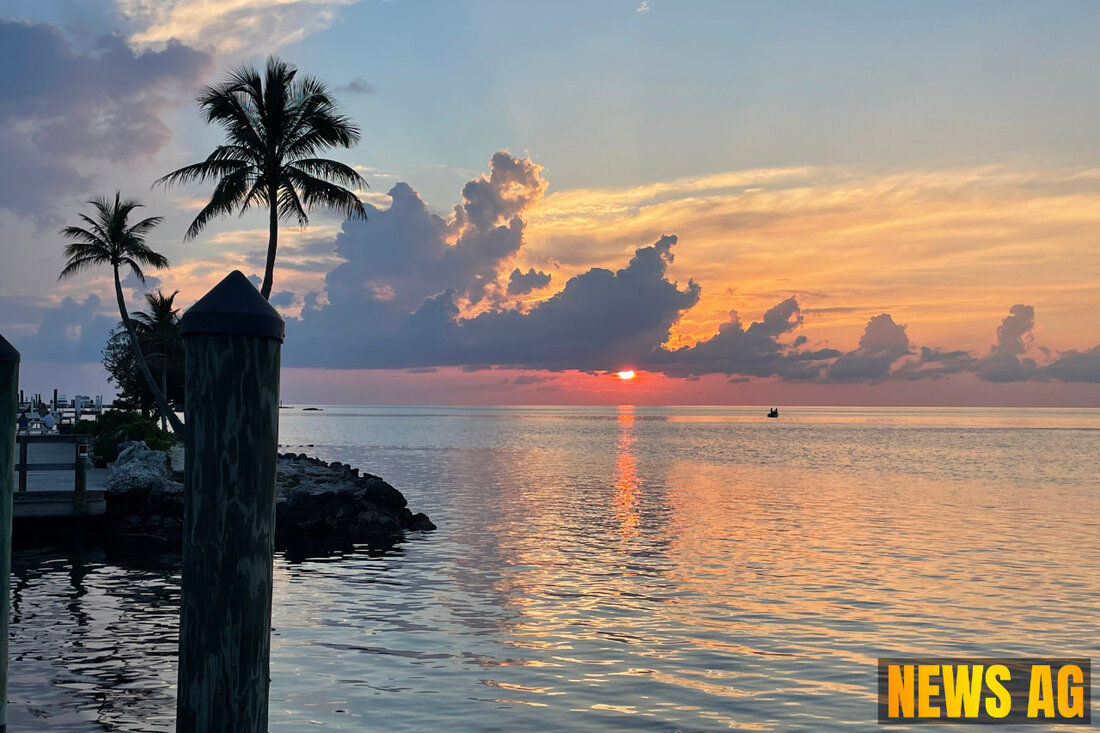Major Road Widening from NH 65 to Ameenpur Promises Traffic Relief!

Ameenpur, Telangana, India - The bustling roads leading to Ameenpur are gearing up for a major transformation. A 2.7-kilometer stretch from National Highway 65 to Ameenpur is set to be widened, a move that aims to smoothen traffic flow in this growing area. The Municipal Administration and Urban Development (MA&UD) Department has allocated Rs. 45 crore to get this project underway, which is expected to wrap up in nine months. This road will serve as an alternative route to the ORR Exit No. 4, making it a welcome change for commuters.
As Ameenpur embraces urbanization, the surrounding landscape is rapidly evolving. With the construction of high-rise buildings and new residential zones, one can’t help but wonder what this means for the area’s historical and ecological treasures, especially the nearby Ameenpur Lake.
Ameenpur Lake: A Heritage Site in Peril
Ameenpur Lake is no ordinary body of water; it’s the first urban lake in India to be declared a Biodiversity Heritage Site. Constructed over 300 years ago during the reign of Ibrahim Qutb Shah, this lake was initially created to irrigate gardens that no longer exist. Now, it covers only 93 acres, a considerable shrink from its original 300 acres, primarily due to encroachment and urban development. Today, it’s surrounded by factories, villages, and modern apartments, creating a stark contrast with its historical roots, as noted by Wikipedia.
This lake isn’t just an ecological landmark; it’s a haven for bird enthusiasts. Once home to over 166 species of birds, including flamingos and herons, Ameenpur Lake has seen a decline in its migratory visitors due to rising pollution levels. Telangana Tribune highlights that industrial pollution has contributed to this decline, turning what was once a sanctuary for wildlife into a pollution hotspot. The closure of the lake’s sluice gates has also disrupted its natural inflow and outflow, exacerbating this issue.
Urban Evolution and Environmental Concerns
The transformation of Ameenpur Lake’s surroundings raises numerous questions. As authorities reclassified the area from a conservation zone to a residential zone, the ecological balance has shifted. Activists have voiced alarm over the construction encroaching on the lake’s perimeter, and city planning decisions that have led to massive buildings going up just steps away from this historic site.
Environmentalists point out that the contamination from sewage and industrial pollutants has turned the lake’s waters into an environmental concern. Reports indicate that all seven sluice gates of the lake have been closed, effectively turning it into an open drain, with pollutants taking a significant toll on its natural heritage. Despite reassurances from the Hyderabad Metropolitan Development Authority (HMDA) regarding the lake’s current status and area coverage, local residents are challenging these official figures, marking a tension between development and conservation efforts.
As we gaze into the future of Ameenpur, it’s clear that the ongoing road project will facilitate connectivity and growth. However, while these advancements are essential, there’s a pressing need to protect the ecological sanctity of Ameenpur Lake. Will the residents be able to advocate for a balanced approach that honors both development and preservation? Only time will tell, but the conversations around these intertwined issues are crucial as we move forward.
| Details | |
|---|---|
| Ort | Ameenpur, Telangana, India |
| Quellen | |
